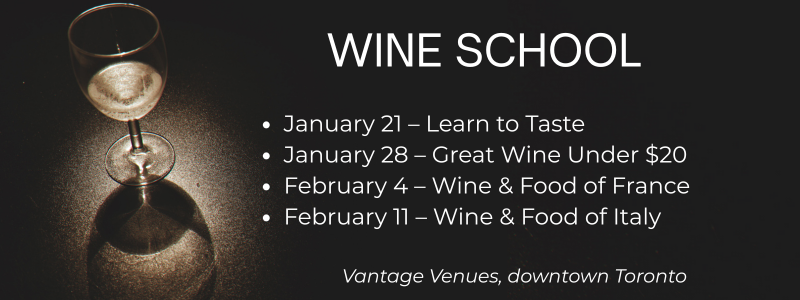Are There Cherries in my Wine?

Here’s how wine gets its flavour.
By Erin Henderson
“Aromas of rich dark currants, nectarine skins, gushing blackberry, but lots of fragrant tobacco, rich soil, white flowers, smashed minerals and metal. Medium-bodied and saucy but racy acidity stabilises the wine nicely with the robust tannins. Deep red currants and ripe cherries, laden with mocha, loamy soil, charred herbs, pencil shavings, roasted hazelnut.”
That wondrously verbose wine description is one I pulled off the internet by googling “most absurd wine reviews.”
To be fair, it’s not entirely that writer’s fault. I have also penned a few reviews in my time, and with the deeply perplexing clash of being paid by the word colliding with the mortgage coming due, I have had no choice but to let the poetic wax rip.
But these periphrastic statements, while the stuff Monty Python skits are made of, likely do more harm than good – at least to a budding wine enthusiast.
You also might like: What's the Difference Between Tannins and Acids
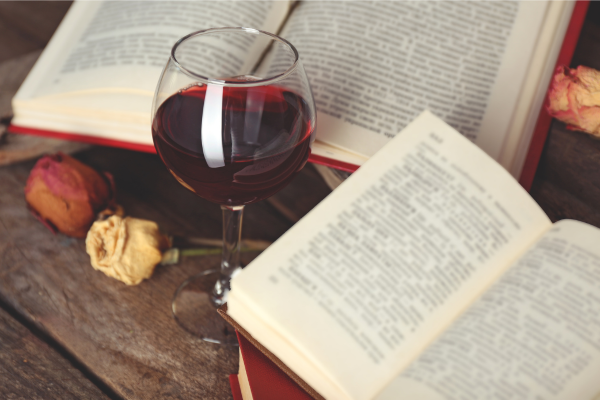
One might wonder whilst sipping a silky Pinot Noir, “do I actually taste gushing blackberry?” and get nervous – maybe even despondent – when the curious taste of smashed metal and mineral eludes the taster’s sophomoric palate.
My wine students, especially the new ones, get a little jumpy when they try to pin down that slippery flavour of green apple, or cherries, or the delicate bare feet of village maidens running through a field of fresh clover covered in the dawn’s new dew.
But when they do finally pick up a flavour or aroma – say, the nectarine skins, charred herb, or the deep red currants our wise wine sage has solemnly promised is in there – inevitably their eureka moment deflates as quickly as it came, bright faces darkening, and brows furrowing.
“So …. Are there cherries in my wine?” they ask tentatively.
The short answer is no. Not unless you are drinking a wine made of cherries (which do exist but is a story for another day.)
But for grape wines – the wines you know and love such as Chardonnay, Cabernet Sauvignon, Merlot, et al. – the flavours get into the wine in three very distinct, but harmonious ways.
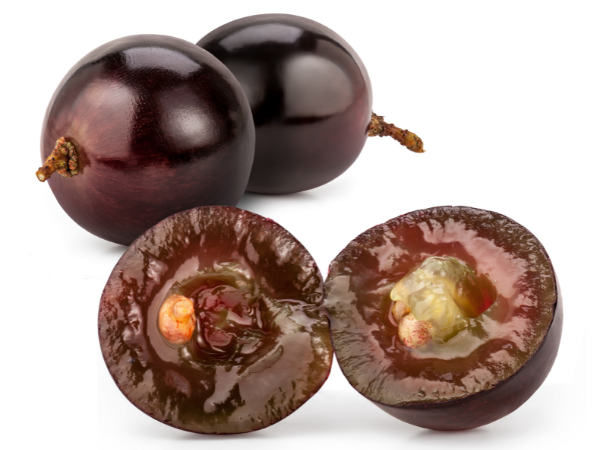
The Grape
The first way is the grape itself. Just like any plant, grapes have specific characteristics that make them taste the way they do. And, depending on where they’re grown, certain attributes might by intensified over others. For example, Cabernet Sauvignon grown in Bordeaux, France, tastes earthier than Cabernet Sauvignon grown in Napa, California, where it tastes fruitier.
You also might like: What is an "Earthy Wine" Anyway?
But should you visit a vineyard when the grapes are ripe and pick a Cabernet grape off the vine and eat it, it should taste, at least a little, like blackberry and plum. Follow that with eating a Riesling grape, and the flavour should be much different, like green apple, lime, or peach.
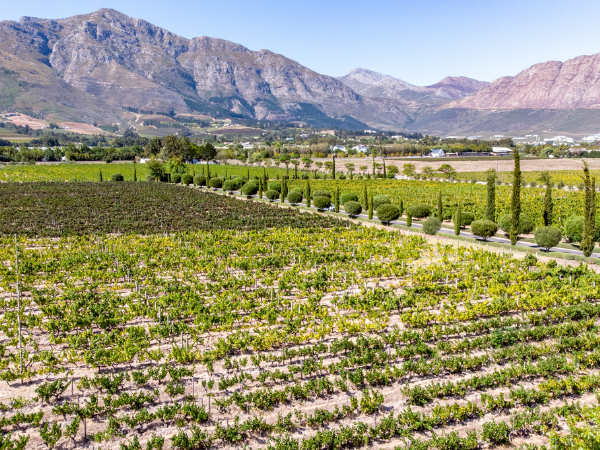
The Terroir
This is wine-speak for the place, or where the grapes are grown. Translated from French, “terroir” means “dirt,” but in wine parlance it takes on a larger meaning to include not just the type of soils the vine is grown in, but the weather patterns, the location, and the general environment.
Grapes grown on slopes versus valley receive different amounts of sunlight; grapes grown in clay versus sand have different drainage; grapes grown in hot climates with many days of sun versus grapes grown in cool climates with lots of fog ripen differently. All of this, and hundreds of other considerations, will impact what the wine tastes like when it gets to your glass.
You also might like: Here's What Happens in a Winter Vineyard
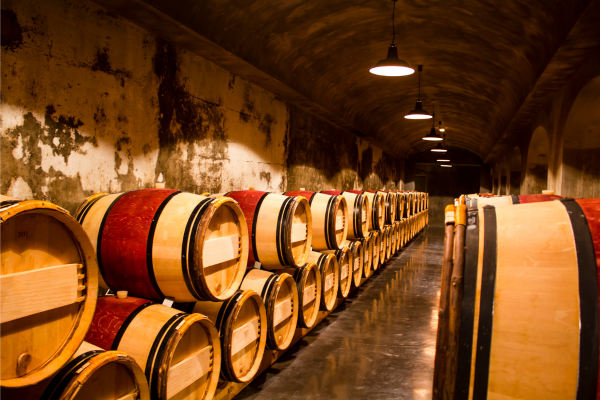
Winemaking
Finally, we get to the actual making of the wine, perhaps the most impactful on the wine’s final flavour.
Winemakers have thousands of tools in their toolbox, including whether to age in stainless steel tank or oak barrel (or clay or amphora or cement egg). The choice of yeast strain – which is required to turn juice into alcohol. Just like your own sourdough starter leaves a unique imprint on your home-baked loaf, so does the yeast used in wine. Other decisions include blend or single varietal? How long to age the wine? Even decisions on cork or screw cap will affect the wine’s flavour.
A winemaker might choose to ferment and age his Chardonnay in stainless steel and fine filter it for a clear, bright, crisp wine full of mouth-watering citrus and mineral flavours.
Another might choose to ferment and age her Chardonnay in oak barrels, stir the yeasts through the wine (called bâttonage), and work towards a creamy, buttery texture in the wine, with comforting aromas and flavours of poached fruit, spice, and smoke.
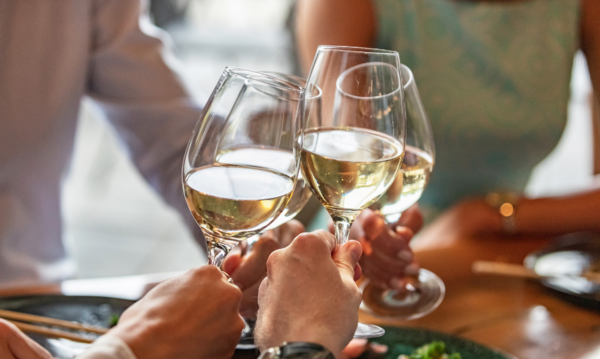
My Palate vs Yours. Who is Right? (Me.)
One more fly in the ointment is that tasting is highly subjective, and it relies on your own flavour experiences.
For example, I loathe tomatoes. I’m generally the only one in the room who does, but even the smell of tomatoes piled in the supermarket makes me gag. Meanwhile, I love grapefruit, but have a friend who can’t go near the stuff. And let’s not even talk about the polarizing cilantro. (I’m Team Cilantro, in case you’re curious.)
Years ago, when getting my somm certification, tasters much wiser and experienced than me would go on and on (and on!) about Rhône reds tasting of garrigue. Garrigue just means scrubland in French and refers to the lavender/thyme/sage that grows wild in the hillsides of the Rhône valley. I hadn’t yet been to that part of France and had no idea what they were talking about. Covering up my ignorance, I would chime in, chortling, “oh, yes. Garrigue. Totally garrigue!” and hope they would accept me as one of their own.
You also might like: A Chardonnay for Every Taste
For the last few years, I've taught wine at a college in Toronto and have had the great fortune to have students from all over the world. People who were raised in China or India or Mexico and have a much different memory bank of aromas and flavours than I. Often they’re at a loss when I speak of something they’ve never tried that’s native to me, and vice-versa. I have, however, had my palate expanded over the years by being introduced to Satsuma oranges, palo santo burning sticks, and even fermented yak milk.
And on a much simpler level, what I interpret as peach might be your nectarine. What you think of a sarsaparilla, I might regard as cola. So there is a bit of poetic license to be had with wine tasting.
Keep trying to build your objective tasting, and in the meantime just have confidence in your own palate. Though, maybe not as confident as this guy:
“The stunning nose is very pure and sappy, but also classic and soil-driven in its aromatic melange of pomegranate, red plums, complex soil tones, fresh herbs (mostly redolent of mustard seed and lavender), raw cocoa, incipient notes of gamebird, a bit of youthful pepperiness and a whisper of cedar in the upper register. On the palate the wine is deep, full-bodied and stunning in its purity, with a rock solid core of fruit, ripe, moderate tannins, laser-like focus and absolutely stunning length and grip on the primary and very, very promising finish.”

